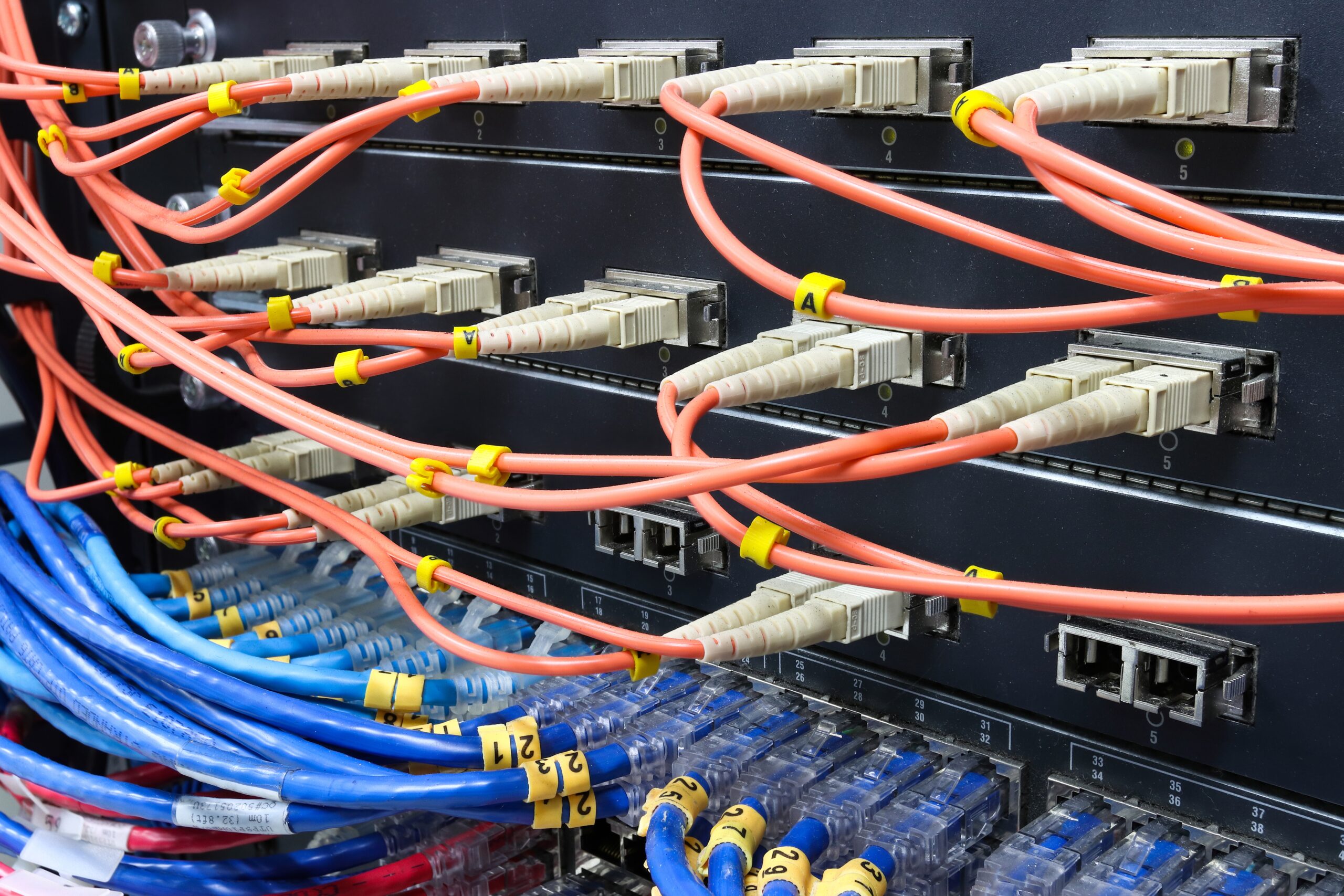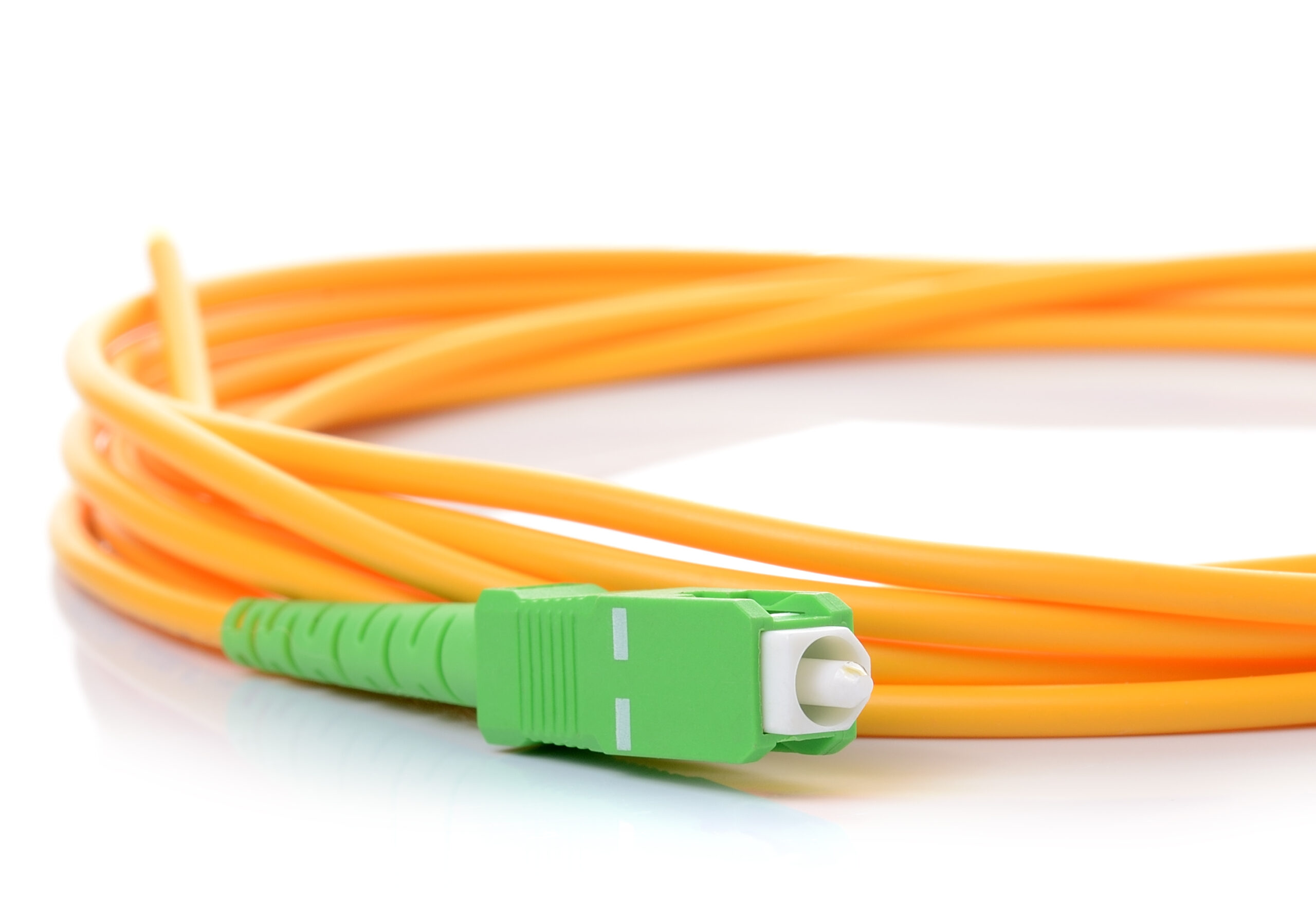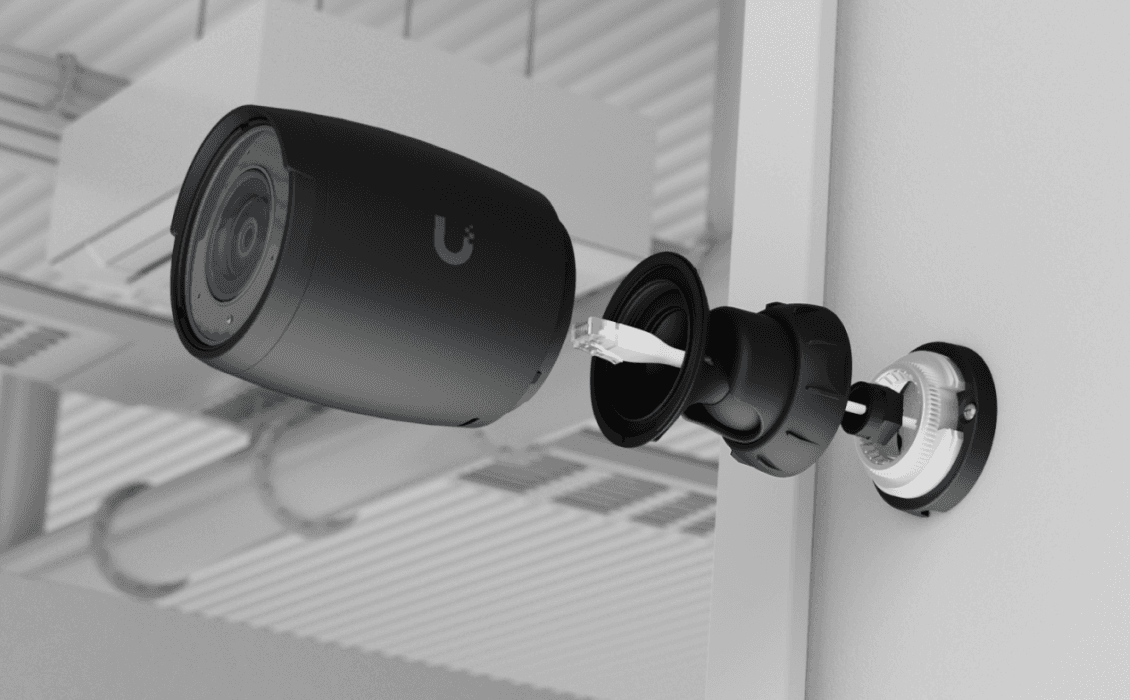Services







Structured cabling installation
Network Cabling Solutions, Inc. offers installation of category 5E, category 6 and category 6A structured cabling for computer, telephone and other low-voltage systems. Structured cabling is a standardized way of organizing and managing cables and connectors to ensure optimal performance and reliability.
Fiber optic and copper back bone cabling installation
Network Cabling Solutions, Inc. also provides installation of fiber optic and copper back bone cabling for connecting different buildings or floors within a campus or facility. Fiber optic and copper back bone cabling are types of high-speed and high-capacity transmission media that can support various applications and services.
CCTV cabling installation and testing
Network Cabling Solutions, Inc. specializes in the installation of CCTV cabling for security and surveillance purposes. CCTV cabling is a type of coaxial cable that can carry video signals from cameras to monitors or recorders. Network Cabling Solutions, Inc. also offers certifying, OTDR testing and fusion splicing for CCTV cabling to ensure quality and functionality.
Outside plant copper and fiber cabling
Network Cabling Solutions, Inc. provides installation of outside plant PE-89 copper cabling and outside plant fiber optic cabling for various systems and applications. Outside plant cabling is a type of cabling that is installed outside of buildings or facilities to connect different buildings or floors within a campus or facility. PE-89 copper cabling is a type of outside plant cabling that is designed to withstand harsh environmental conditions and provide reliable performance for long distances. Fiber optic cabling is another type of outside plant cabling that can support high-speed and high-capacity transmission media for various applications. Network Cabling Solutions, Inc. also offers testing and certification for outside plant cabling to ensure quality and functionality.
Certifying category 5E, category 6, category 6A and category 8 cabling
Certifying category 5E, category 6, category 6A and category 8 cabling on existing cable plants involves testing and verifying the performance of the cabling to ensure that it meets the standards for each category. Category 5E, Category 6, Category 6A and category 8 are different types of twisted pair copper cabling that are used for Ethernet networks running at different speeds ². Category 5E is designed to support full-duplex data transfer at 100 Mbps, while Category 6 and Category 6A can support up to 10 Gbps at 250 MHz and 500 MHz, respectively . Certifying category 5E, category 6, category 6A and category 8 cabling on existing cable plants ensures that the cabling meets the required specifications and can support the desired network speed and performance. Certifying cabling also helps to identify and troubleshoot any problems or defects in the cabling, such as breaks, shorts, or miswires. Network Cabling Solutions, Inc. uses advanced testing equipment and software to certify cabling and provide detailed reports and documentation.
OTDR Testing
OTDR testing is a fiber optic instrument used to characterize, troubleshoot, and maintain optical telecommunication networks. Network Cabling Solutions, Inc. offers OTDR testing services for fiber optic cabling to verify the integrity of the fiber optic cables, measure length, and find faults. OTDR testing is performed by transmitting and analyzing pulsed laser light traveling through an optical fiber. The measurement is said to be unidirectional as the light is inserted at the extremity of a fiber optic cable link. OTDR testing can calculate fiber attenuation, uniformity, splice and connector losses, and locate and measure reflectance and loss to troubleshoot and fault locate equipment of choice. Network Cabling Solutions, Inc. uses advanced testing equipment and software to certify cabling and provide detailed reports and documentation.
OTDR Testing
Fusion splicing on Fiber Optic cabling is one of the services offered by Network Cabling Solutions, Inc. It is a process of joining two optical fibers end-to-end by melting them with an electric arc. Fusion splicing is used to create a permanent and low-loss connection between fibers. Some of the benefits of fusion splicing are:
- It can support high-speed and high-capacity transmission media such as fiber optic and copper back bone cabling for connecting different buildings or floors within a campus or facility.
- It can reduce the reflection and scattering of light at the splice, which improves the signal quality and performance.
- It can provide a stronger and more reliable joint than mechanical splices or connectors, which reduces the risk of fiber breakage and damage.
- It can save space and cost by eliminating the need for additional components such as splice trays, splice closures, or patch panels.
Network Cabling Solutions, Inc. has the expertise and equipment to perform fusion splicing on Fiber Optic cabling for various systems and applications. The company also provides testing and certification for cabling to ensure quality and functionality.
